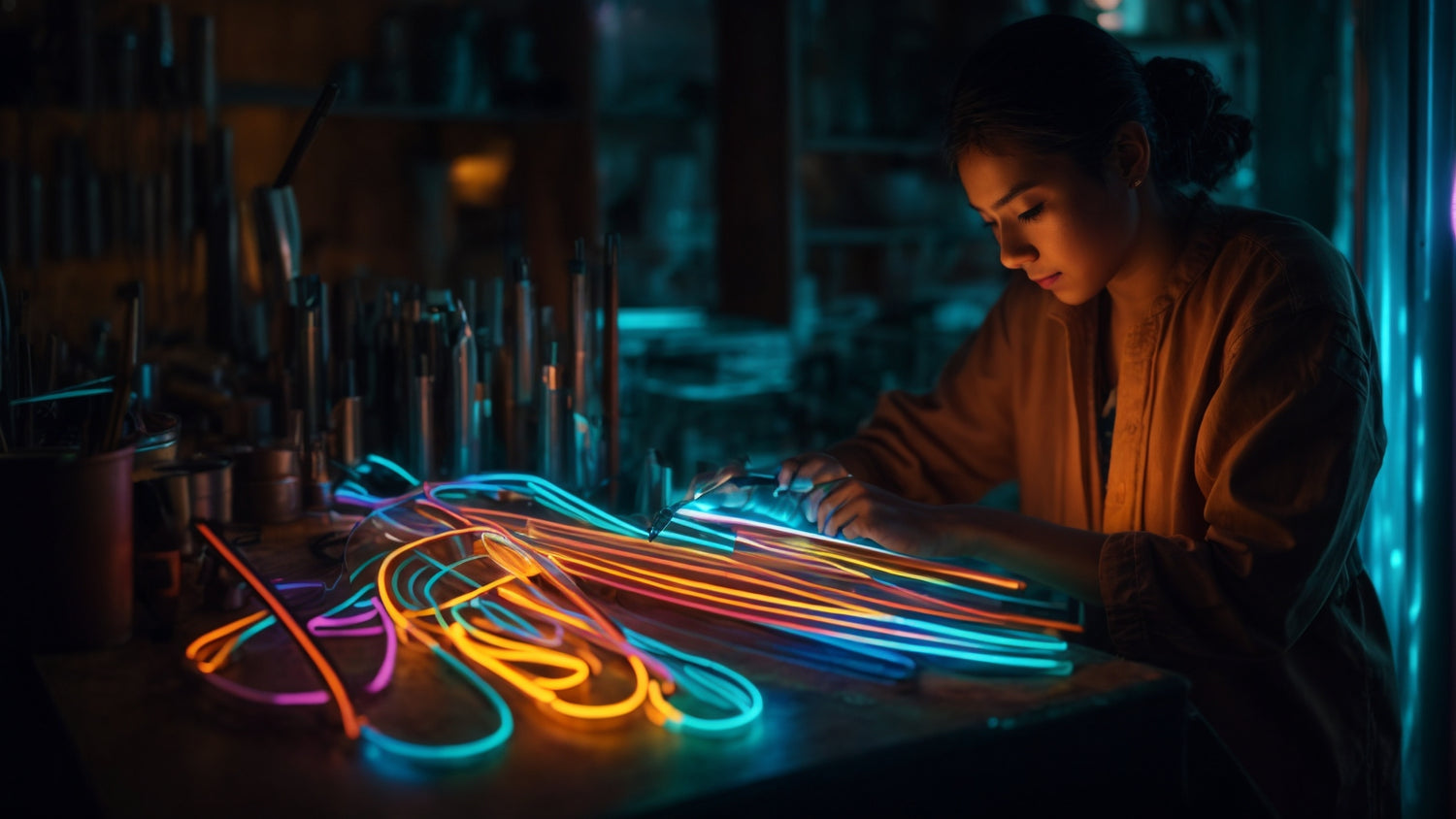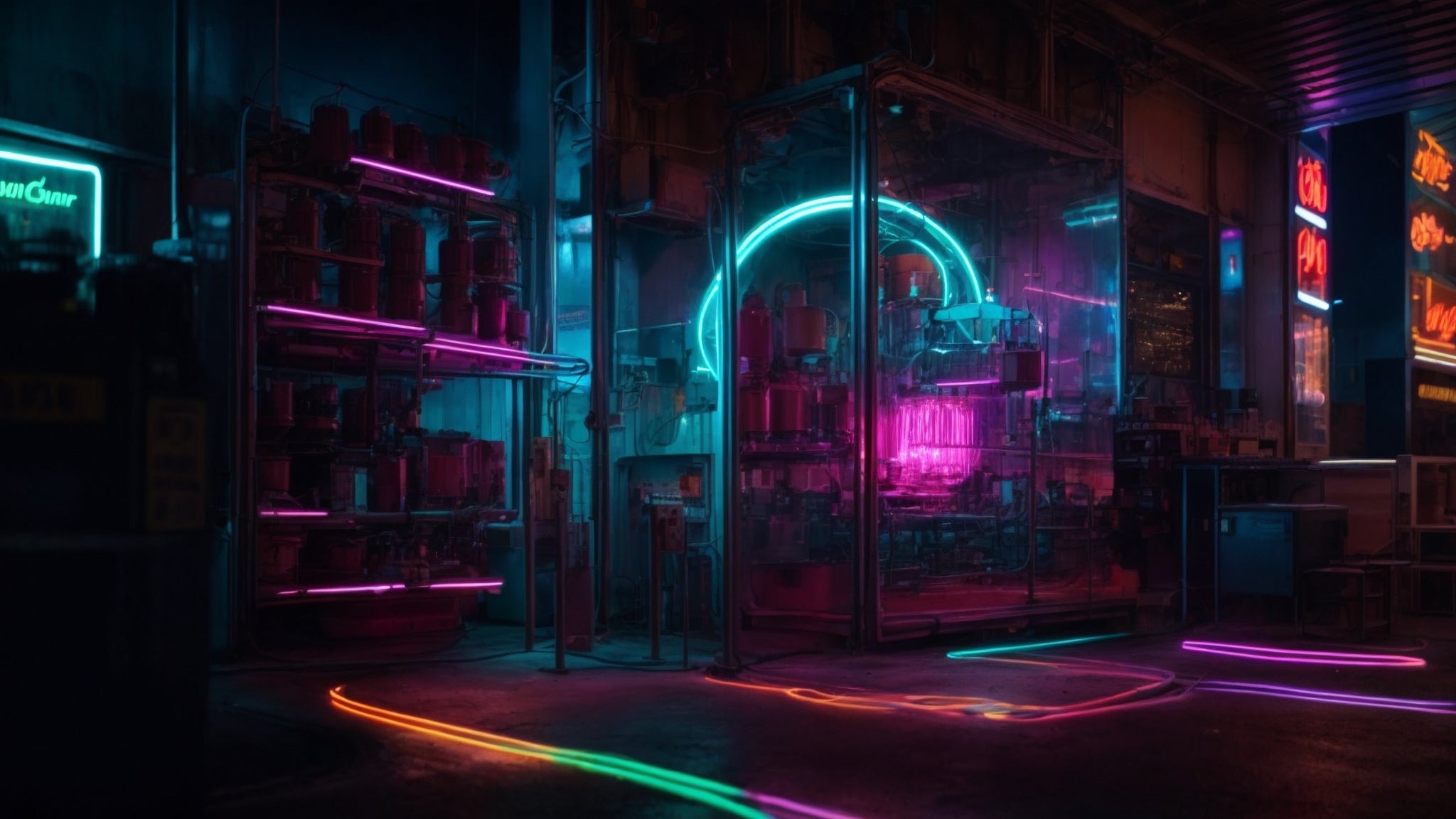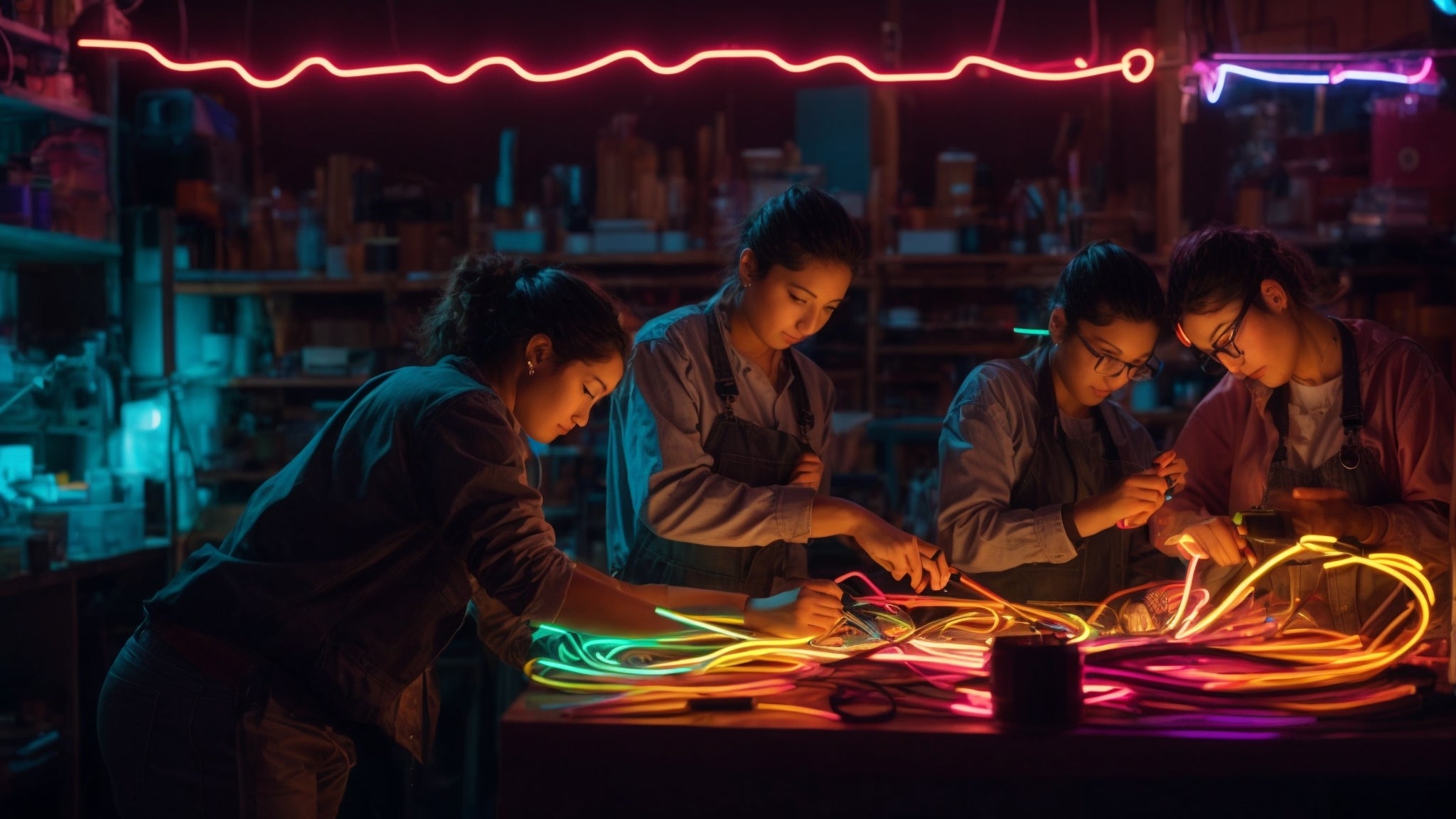The Fascinating World of Neon Gas
Neon gas, with its vibrant glow and mesmerizing hues, has captivated the world for decades. But what is the science behind this luminous gas that transforms ordinary signs and displays into extraordinary works of art?
Unveiling the Mysteries of Neon Gas
Neon, a noble gas, is colorless, odorless, and tasteless in its natural state. Discovered in 1898 by Sir William Ramsay and Morris Travers, neon is derived from the Greek word 'neos,' meaning new. This gas is most commonly found in the Earth's atmosphere, albeit in small quantities.
Neon's brilliance comes to life when an electrical current is passed through it in a vacuum tube. The atoms of neon become excited and release photons of light, creating the iconic glow that has made neon lighting so popular.
The Art of Neon Illumination
Neon lighting is not just about illumination; it is an art form that requires precision and skill. Neon tubes are handcrafted by skilled artisans known as neon glass-benders. These craftsmen heat and bend glass tubes into intricate shapes and designs, filling them with neon gas to create stunning visual displays.
Applications of Neon Illumination
The use of neon gas in illumination extends beyond just signage. Neon lighting is widely utilized in art installations, interior décor, and architectural lighting to add a touch of brilliance and ambiance to various spaces. Its versatility and striking visual appeal make it a favorite among designers and artists alike.
- Neon Signs: Neon signs have been a staple of urban landscapes, attracting attention and adding a retro charm to storefronts and city streets.
- Art Installations: Renowned artists have embraced neon lighting as a medium for creating captivating installations that blend light, color, and form.
- Architectural Lighting: Neon is increasingly being incorporated into architectural designs to highlight building features and create striking visual effects.
The Role of Neon in Modern Society
In today's world, neon lighting continues to hold a special place in various industries and settings. Its unique properties and aesthetic appeal make it a popular choice for a wide range of applications.
1. Advertising and Branding
Neon signs have long been a powerful tool for businesses looking to attract customers and create a memorable impression. The vibrant colors and eye-catching glow of neon signage make it a preferred choice for storefronts, restaurants, bars, and entertainment venues.
2. Art and Design
Neon lighting has transcended its traditional role in signage to become a prominent feature in contemporary art and design. Artists and designers leverage neon's luminous quality to create impactful installations, sculptures, and visual experiences.
3. Entertainment and Hospitality
In the realm of entertainment and hospitality, neon lighting plays a crucial role in setting the mood and ambiance of spaces. From theaters and nightclubs to hotels and restaurants, neon illumination adds a touch of glamour and allure.
The Future of Neon Technology
As technology advances, the use of neon gas in illumination is evolving. While traditional neon lighting remains a timeless classic, modern innovations are pushing the boundaries of what is possible with this luminous gas.
LED technology, which offers energy efficiency and versatility, has emerged as a popular alternative to neon lighting in some applications. However, the unique aesthetic appeal and nostalgic charm of neon continue to make it a sought-after choice for those looking to make a statement with light.
Whether adorning the streets of a bustling city or illuminating an art gallery with its ethereal glow, neon gas continues to shine brightly as a symbol of creativity, artistry, and innovation.
Exploring Neon Across Different Industries
Neon lighting's versatility extends across various industries, each harnessing its unique properties to create visually stunning displays and experiences.
1. Retail and Commercial Spaces
In retail environments, neon lighting is a powerful tool for attracting customers and enhancing brand visibility. From boutique shops to large shopping malls, neon signs and displays add a touch of flair and sophistication to the overall ambiance.
2. Hospitality and Food Industry
Restaurants, bars, and cafes often utilize neon lighting to create a warm and inviting atmosphere for patrons. The soft glow of neon adds character to these establishments, making them memorable and visually appealing.
3. Events and Exhibitions
In the realm of events and exhibitions, neon lighting is a popular choice for creating immersive and engaging experiences. From trade shows to art fairs, neon installations captivate audiences and leave a lasting impression.
Environmental Impact and Sustainability
With a growing focus on sustainability, the environmental impact of neon lighting has come under scrutiny. While neon gas itself is inert and non-toxic, the production and disposal of neon tubes raise concerns about energy consumption and waste management.
Efforts are being made to develop more energy-efficient lighting technologies that offer eco-friendly alternatives to traditional neon. LED lighting, for instance, provides a more sustainable option with lower energy consumption and longer lifespan.
Conclusion
From its humble origins as a scientific curiosity to its widespread use in art, design, and illumination, neon gas continues to illuminate our world with its brilliance and beauty. As technology advances and new innovations emerge, neon's legacy as a symbol of creativity and innovation remains as bright as ever.



اترك تعليقًا
This site is protected by hCaptcha and the hCaptcha Privacy Policy and Terms of Service apply.